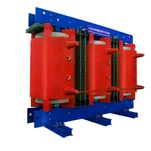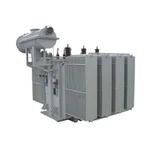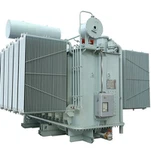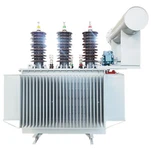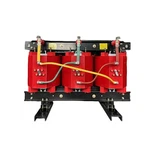"Dy11" and "Dyn11" are notation systems used to describe the winding connections of three-phase transformers. These notations provide information about the configuration of the transformer windings and the phase relationships between the primary (high-voltage side) and secondary (low-voltage side) windings. Here's a breakdown of the differences between Dy11 and Dyn11:
1. Dy11:
- In the Dy11 connection, "Dy" stands for Delta (D) on the primary side and Y (Y) on the secondary side, indicating a delta connection on the primary side and a star (Y) connection on the secondary side.
- The primary winding is connected in a delta (Δ) configuration, where the windings are connected in a closed loop resembling the Greek letter delta (Δ).
- The secondary winding is connected in a star (Y) configuration, where one end of each winding is connected together to form the neutral point, while the other ends are taken out as the three output terminals.
- Dy11 configuration is commonly used in distribution transformers.
2. Dyn11:
- In the Dyn11 connection, "Dyn" stands for Delta (D) on the primary side, Y (Y) on the secondary side, and Neutral (n) for the secondary winding, indicating a delta connection on the primary side, a star connection on the secondary side, and the availability of a neutral terminal on the secondary side.
- The primary winding is connected in a delta (Δ) configuration, similar to the Dy11 connection.
- The secondary winding is connected in a star (Y) configuration, with a neutral terminal available for connection to the system neutral.
- The presence of the neutral terminal on the secondary side in the Dyn11 configuration allows for the creation of a split-phase supply, which can be beneficial in certain applications requiring a neutral connection.
In summary, the main difference between Dy11 and Dyn11 lies in the presence of the neutral terminal on the secondary side. Dy11 configuration does not have a neutral terminal on the secondary side, while Dyn11 configuration includes a neutral terminal, providing the option for a neutral connection in the system. Both configurations are commonly used in three-phase transformer applications, with Dyn11 being more versatile due to the availability of the neutral connection.


